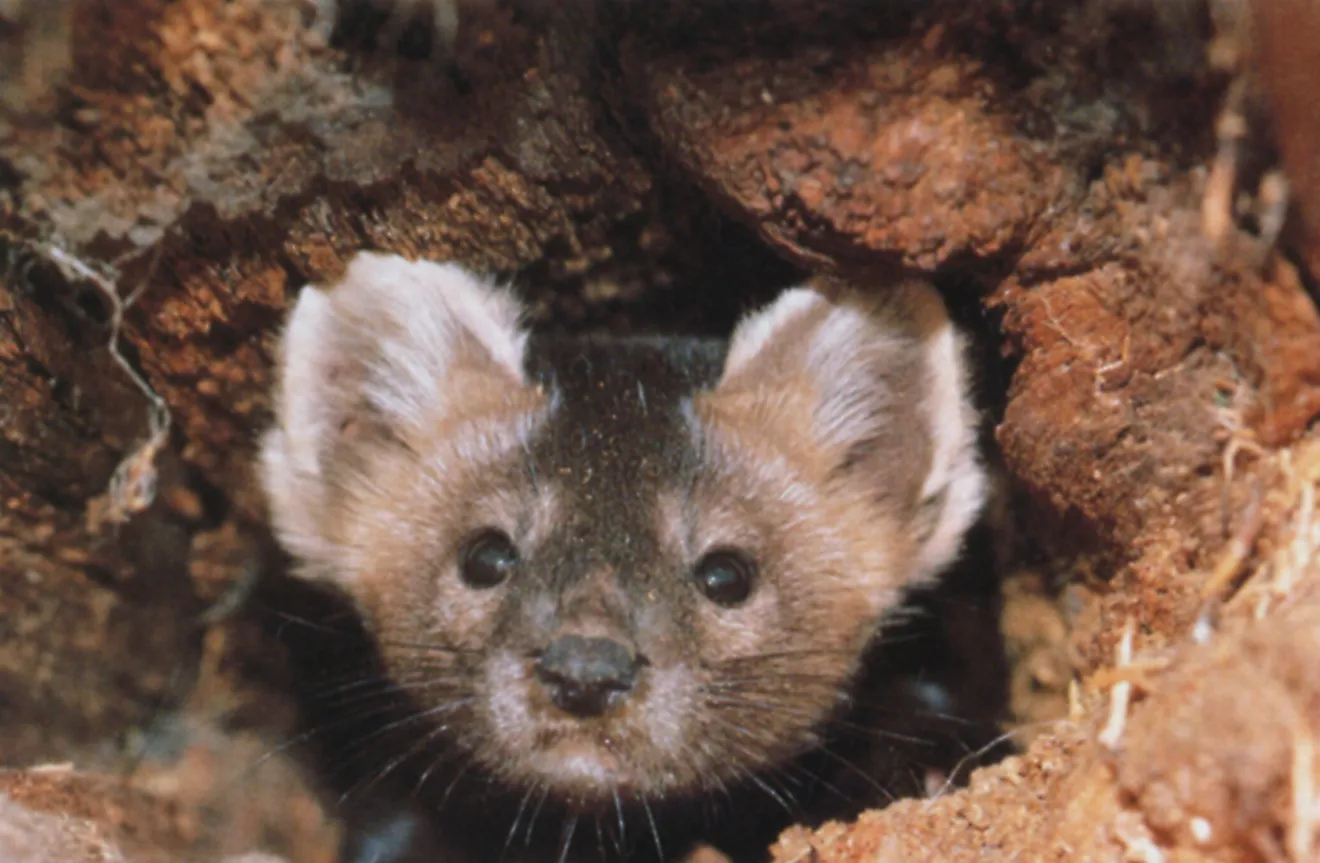Sable Facts - Animals of Asia

5. Physical Description
Throughout parts of the northern Mongolian mountains, China, and Siberia lives a small, weasel-like creature named the Sable. The Sable reaches lengths between 13 and 20 inches long, and adults weigh between 2 and 5 pounds. It is a carnivorous animal, belonging to the Mustelid family, along with otters, badgers, weasels, martens, ferrets, mink, and wolverines. Sables are famous for their fine, soft pelts that range in color from a light orange-brown to almost black. At times, some Sables will have salmon-colored patches on their throats as well. On the black market, these coats are sold for between $50 and $1,000 USD apiece. However, in legitimate Western retail fur markets, a Sable fur coat can fetch up to a whopping $100,000 dollars USD.
4. Diet
In terms of hunting for itself, the Sable uses its acute senses of smell and hearing to track down its small prey. These animals of prey are usually very sensitive to sound and vibrations through the ground, so it is important for the Sable to be light on it’s feet and very stealthy. The Sable tends to hunt small mammals and birds, and at times will even fish. Along with their high meat diets, Sables also eat other protein-rich foods such as eggs, as well as a small amount of various berries and plants. After foraging for food, it is common for Sables to store, or “cache”, their food for later months when food is not as abundant.
3. Habitat and Range
Although Russian Sables can be found throughout parts of Serbia, Sables are more commonly found in parts of Northern Asia. Mongolia, China, Japan, and Russia are home to the majority of Sables, with most living in their dense forests, flatlands, and mountains. They like to live in temperate forests, with their dens being made on the forest floors therein. These animals are most definitely not going extinct anytime soon, and are classified by the IUCN Red List as species of 'Least Concern". As of 2011, there were an estimated 1.1-1.3 million Sables to be found across their diaspora.
2. Behavior
Sables are classified as "motile" creatures, meaning they have the capacity to move from one place to another. They use their smell and hearing to stalk their prey and tend to store their food for days when it is less abundant. This is because the weather across the climes they live in can become unforgiving, especially during the winter months, during which times Sables may have to take shelter in their dens until the weather clears up and warmer temperatures return. Sables, like any wild animal, can be viciously aggressive towards humans. Yet, when domesticated, they are often described as being playful, tame, and curious pets.
1. Reproduction
During the summer months of June through August is the Sable's mating season. Male Sables will create grooves in the snow or ground, and frequently urinate as to claim the territory, as well as to let any nearby females know they are there. After about eight months of pregnancy, a female Sable will give birth to litters ranging from 1 to 7 pups. It takes the pups around seven weeks to finish weaning from their mothers, and to begin eating solid food. After this time, the pups mature rapidly. The average lifespan for Sables in the wild is only 8 years. However, they can reach up to 18 years old when domesticated and raised in captivity.











